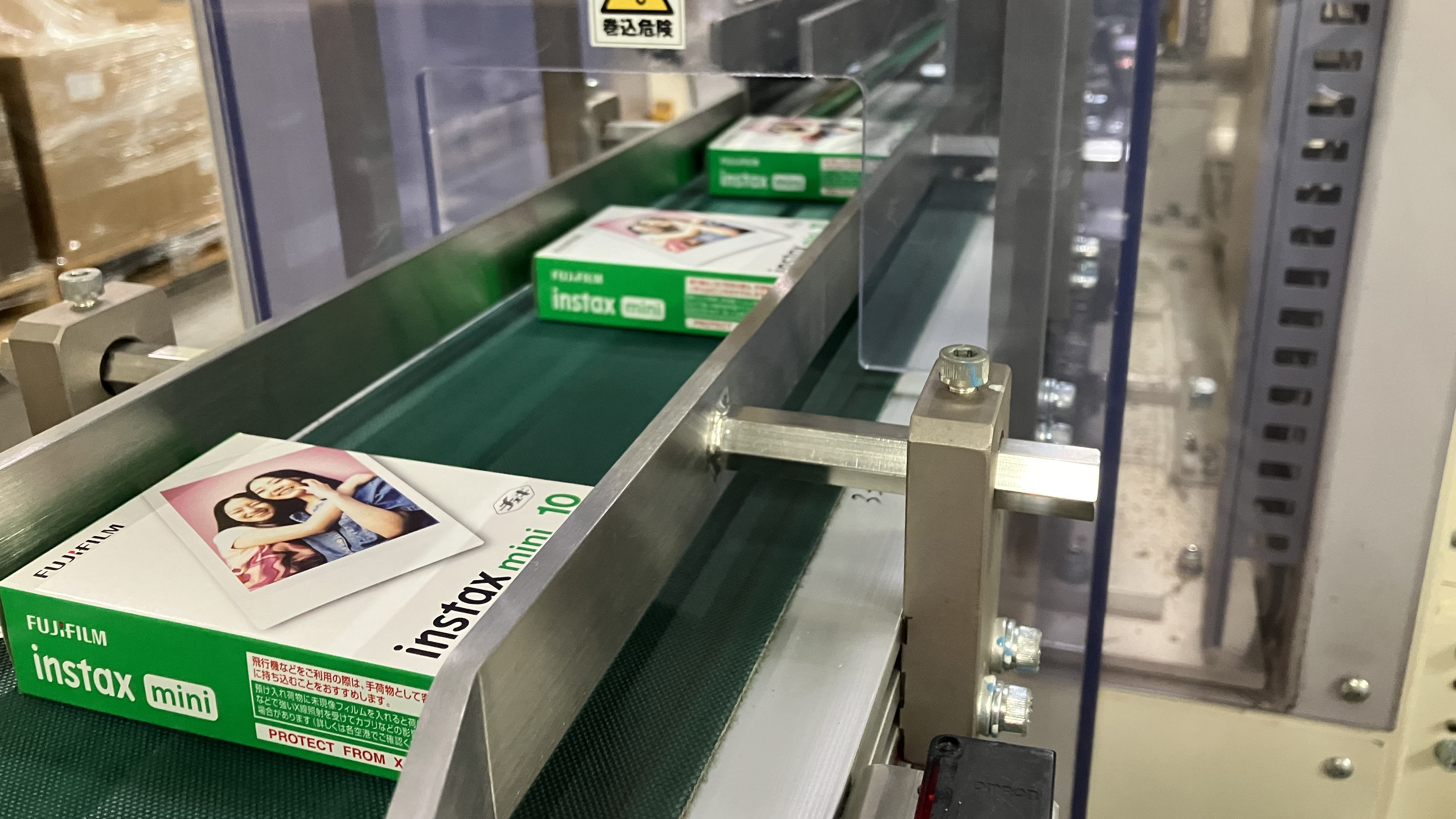Don't get seduced by 'dream' cameras
It's easy to get seduced by 'dream' cameras, but what you actually need for what you shoot now is more important

We all have an ideal dream camera. The trouble is, dreams don’t always come true, and sometimes we’re better off sticking to reality.
It’s extremely common to see a new camera with amazing new features and decide there and then that you’ve got to have it. But very often, when you lust after a Pagani Zonda you eventually have to accept that a Peugeot makes more sense.
The best 8K cameras will make any wannabe videographer go weak at the knees, the highest resolution cameras are always the ones that budding professionals lust after, and ever-faster continuous shooting speeds make choosing the best camera for sports suddenly a top priority, even for those of us who rarely shoot faster than 10fps. But you never know – one day you might.
Dreams can be expensive, and reality is what pays the bills, so when you’re choosing your next camera, especially a pro model, do what a professional would do and work out what you actually need right now. The best cameras for professionals are rarely designed to do everything, but concentrate instead on very specific requirements.
Dream camera or chimera?
8K video is an incredible technical advance, but will you ever use it? You should realize that you’ll also need new memory cards, new and bigger storage, a much more powerful computer and an 8K monitor too. You will also need clients that actually want 8K – which does happen and will happen more – but why not wait until you're asked?
The term “chimera” has come to describe any mythical or fictional creature with parts taken from various animals, to describe anything composed of very disparate parts, or perceived as wildly imaginative, implausible, or dazzling.
Wikipedia
20fps, 30fps, even 60fps continuous shooting is staggering compared to what was possible just a few years ago, but are you actually going to use it, or are you just in love with the idea of having it? Pro sports and wildlife photographers might need it right now, but do you?
If you don’t shoot those things right now, it’s probably not because your camera isn’t good enough, but because you’re not interested enough. Oh, and if you've ever spent every evening for a week checking and culling ten thousand near-identical shots from a day's burst shooting, you'll know that high frame rates carry a big editing overhead.
The best camera deals, reviews, product advice, and unmissable photography news, direct to your inbox!
The level of detail captured by 40, 60 or 100-megapixel cameras is jaw-dropping, but do you need to produce images that big? They are gorgeous to zoom in on and pixel peep with, but unless you produce exhibition prints, advertising billboards or vast wall-hangings for the rich and famous, it’s hard to find a use for that kind of resolution. The rest of the time it just fills up your hard drives and slows down your computer.
There are many myths about megapixels, one of them being that bigger enlargements need more megapixels. Not quite. Generally, you only need big enlargements so that they can be seen properly from further away, not so that people can examine them with a magnifying glass.
It’s true that many professionals need some or even all of these dream features, but rarely all at once and, even if they do, they will make their camera choices calmly and rationally on a cost-benefit basis. Well, sometimes.
Buy now, use later? That’s not a plan!
The biggest problem with buying a camera you think you might need in the future is that by the time that future arrives, it’s out of date.
If you think you might need 8K next year, wait until next year to get it – it will be better and cheaper by then. If you think you might need 60fps shooting at some point in your career, wait until you get there so that the tech has had time to get better still – and cheaper. And while it’s great to lust after a 50+MP camera, you might actually want to wait until the day when you actually and definitely need an image that big before you make your mind up.
Best Black Friday deal guides
Canon Black Friday deals
Nikon Black Friday deals
Sony Black Friday deals
Olympus Black Friday deals
GoPro Black Friday deals
Instax Black Friday deals
Polaroid Black Friday deals
Adobe Black Friday deals

Rod is an independent photography journalist and editor, and a long-standing Digital Camera World contributor, having previously worked as DCW's Group Reviews editor. Before that he has been technique editor on N-Photo, Head of Testing for the photography division and Camera Channel editor on TechRadar, as well as contributing to many other publications. He has been writing about photography technique, photo editing and digital cameras since they first appeared, and before that began his career writing about film photography. He has used and reviewed practically every interchangeable lens camera launched in the past 20 years, from entry-level DSLRs to medium format cameras, together with lenses, tripods, gimbals, light meters, camera bags and more. Rod has his own camera gear blog at fotovolo.com but also writes about photo-editing applications and techniques at lifeafterphotoshop.com



